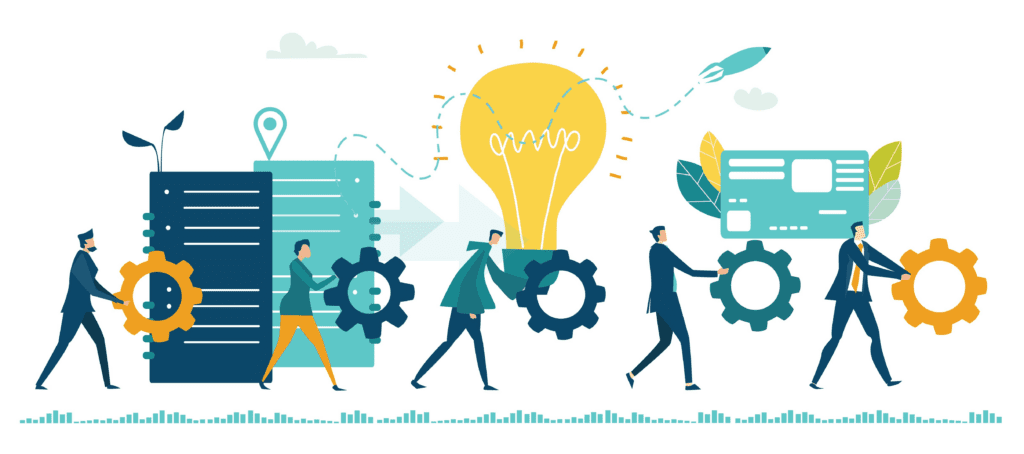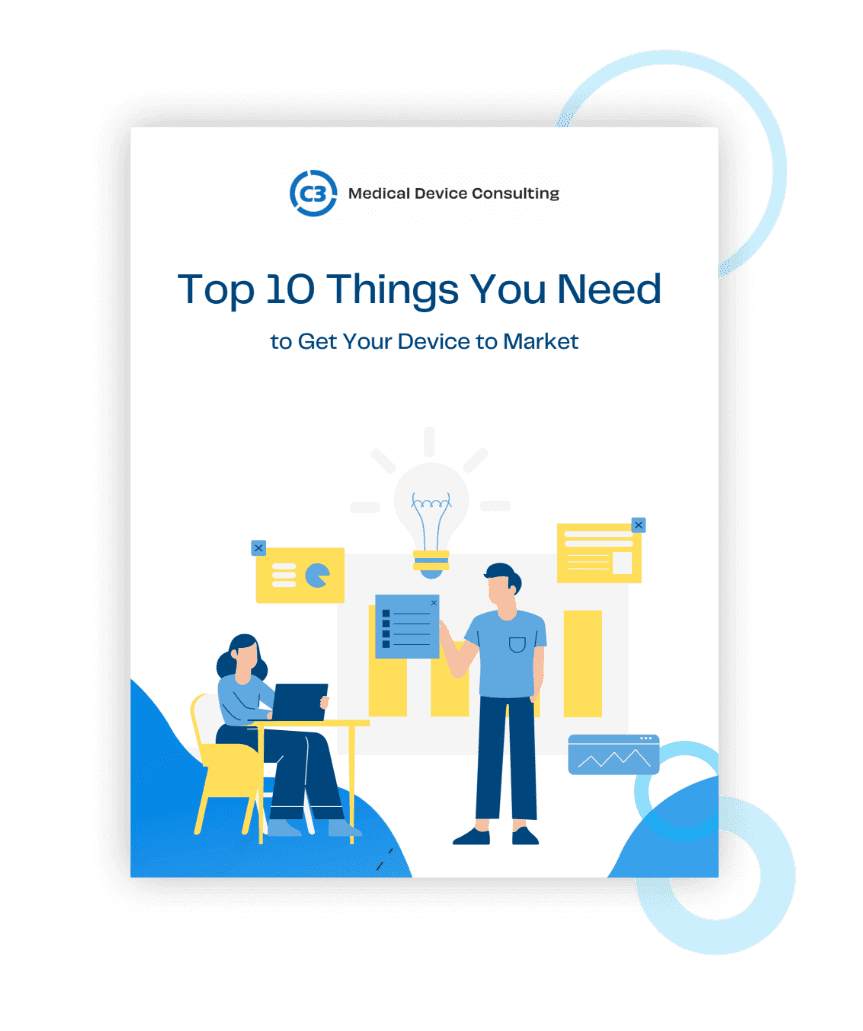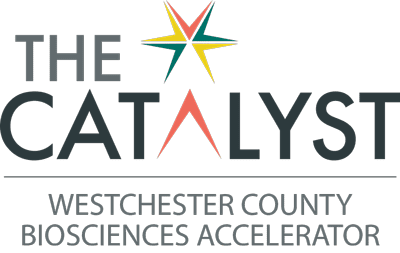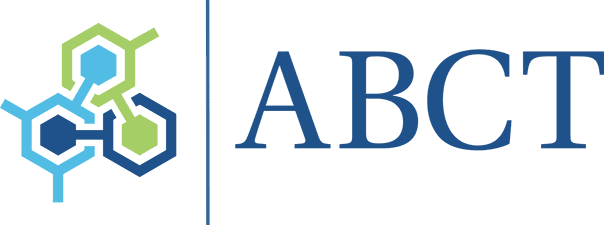We live in a digital age in which so many of the tools and devices we use each day are connected. Smartphones, televisions, appliances, even the vehicles we drive use the internet to collect, transmit, and process data. The result is quick exchange of information, access to expanded services and features, and real-time updates and notifications.
It’s logical that this connectivity can revolutionize medical devices too. But even though we benefit from the connected digital world on a daily basis, how many of us truly understand what makes up the Internet of Things (IoT) and cloud-based computing systems that support connected and “smart” devices?
Here we’ll look at what the cloud is, how it’s used with medical devices, and the advantages and some challenges you need to be aware of.
What is cloud computing and IoT?
In the past, most desktop computers operated as stand-alone machines, storing and retrieving information on internal hard drives. Hardware and software were installed, and any data processing was done on that same machine. In order to share information between computers, it was necessary to first save it to a disk or external drive and physically take it to a different machine.
Cloud computing changed the way most of us use computers. While it’s still possible to store data on a hard drive, it can also be stored on remote servers, aka the cloud. Users access that data via an application for specific use, such as a patient data portal, online billing software, or a medical device data app. Remote servers enable storage, access, and processing of data from any connected computer with the web-based or desktop app installed. The result is less equipment to own, upgrade, and maintain and more storage space and computing power.
An application of cloud computing, IoT refers to connected or “smart” physical devices or equipment that can be accessed, monitored, and controlled remotely by using a cloud-based computer application.
What goes into a cloud-based, IoT device system?
Development of cloud-based devices is expanding rapidly for everything from continuous blood glucose monitoring to portable ECG devices to fitness trackers and beyond. Regardless of the application, the following six components are standard:
- Sensors. External, or implantable, sensors are used to collect patient data for status monitoring or to make adjustments to the device’s operation. Examples include sensors for monitoring body temperature, airflow, oxygen, pressure, humidity, position, or force.
- User interface or app. These can be very basic or complex in terms of what data is displayed and what device functions can be controlled, such as turning the device on or off, or increasing or decreasing the flow of medication. The interface may be accessible only to a physician or clinician on a hospital or office computer or to a patient or consumer in conjunction with a mobile app, or to both.
- Connectivity/network. A stable Internet connection via Wi-Fi, Ethernet, or local area network (LAN) allows data to be collected, sent, processed, and received by the software or app that controls the device.
- Cloud computing platform. Usually accessed through a third-party provider, the platform is where data is processed and stored, rather than using in-house servers and network equipment at your facility.
- Software. This is the code and algorithms that process data, and the operating system for the device and its user interface. Usually it involves comparing sensor data from the device against various if/then instructions to automatically determine what the device and user interface does next.
- Cybersecurity protocols. This includes all the safeguards against hacking and loss of information. It may include things like leveled user access, two-factor authentication or other credentials, a secure network, and encryption.
Advantages of cloud computing and IoT for medical devices
Using the cloud with medical devices has benefits for patients, providers, and health outcomes. There are also financial advantages for developers and end users. Some of these include:
- Data collection at the point of use along with internet-enabled rapid data transferal, storage and retrieval enable remote access. This makes it possible to monitor patients in real time outside the hospital or in elder care settings, support telehealth interventions, and provide in-home medical treatment/monitoring.
- Data stored on a central server can be used to enhance care and medical research (e.g., importing data to integrate with electronic records systems, sharing device data between a specialist and family doctor, tracking device use/compliance over time, or collecting data sets for medical research or clinical trials).
- Cloud computing, device sensors, and the ability to send collected data to off-site servers means less hardware to fit into devices, rendering them smaller and less expensive to manufacture. This in turn may facilitate scaling up production and making devices more affordable for widespread use.
- Remote servers provide efficient access to information from any computer in a facility or from a mobile device. This saves time and effort over checking paper records or downloading data from the device onto a computer to view. As a result, it’s easier to review historical patient data over time, look for patterns in symptoms or status, and make evidence-based decisions for care.
- Storing data on remote servers and accessing it over the internet with an app eliminates the expenses associated with purchasing and maintaining in-house servers to support devices. It also reduces the burden on IT department staff at hospitals, clinics, labs, and other end user settings.
Take advantage of the cloud with help from C3 Medical
Cloud-based medical devices make healthcare delivery more efficient and accessible to more patients. But this innovation also requires developers and end users to adapt to new challenges in device and security management. One is changes to device verification and validation in light of software updates by third-party cloud service providers. Another is ensuring devices and apps are secured against cyberattacks. We’ll look at these matters in more detail in a future blog.
If you’re developing a robust, secure cloud-based medical device, C3 Consulting can help at any stage. Our experts can help you navigate the world of cloud computing, IoT devices, FDA compliance, and more. Learn more about our work or contact us today!










